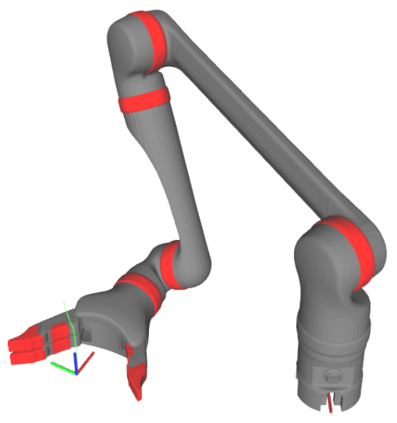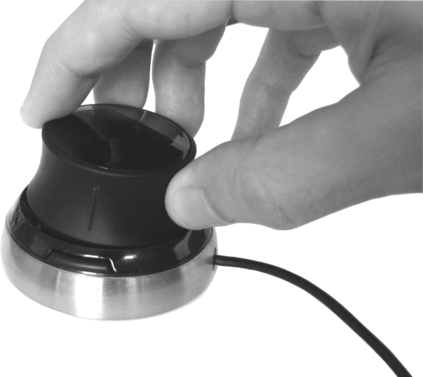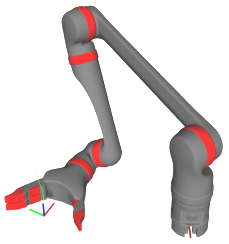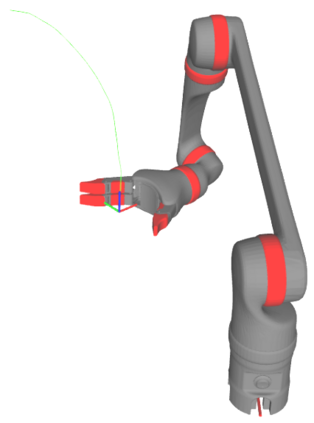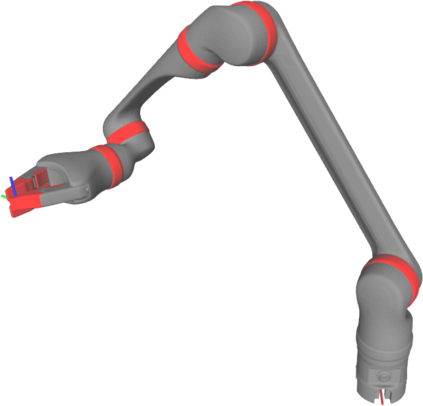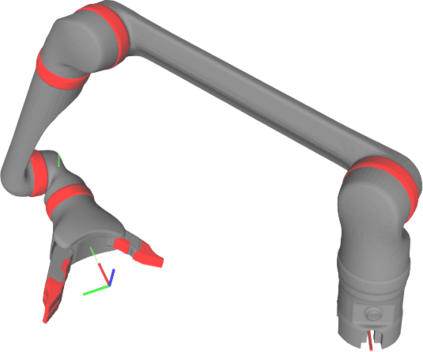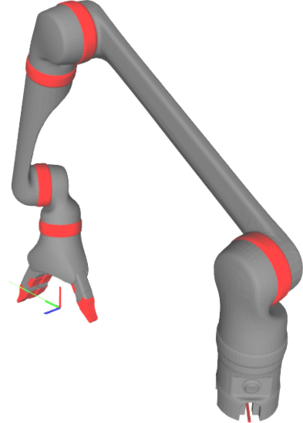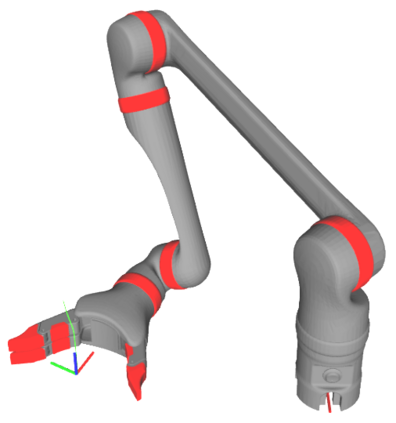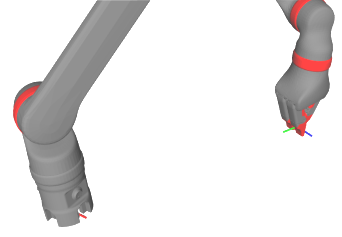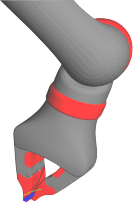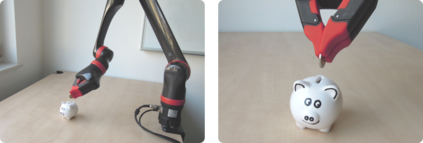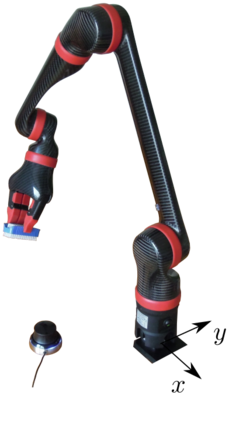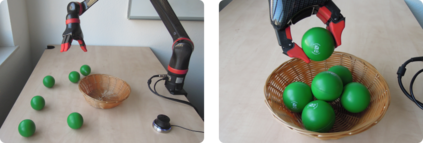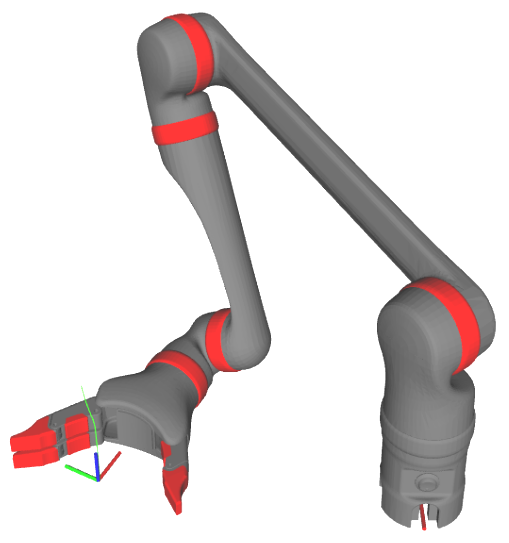Assistive robotic manipulators are becoming increasingly important for people with disabilities. Teleoperating the manipulator in mundane tasks is part of their daily lives. Instead of steering the robot through all actions, applying self-recorded motion skills could greatly facilitate repetitive tasks. Dynamic Movement Primitives (DMP) are a powerful method for skill learning. For this use case, however, they need a simple heuristic to specify where to start and stop a skill without additional sensors. This paper provides the concept of local, global, and hybrid skills that form a modular basis for composing single-handed tasks with ease. A focus is on presenting the necessary mathematical details to support custom implementations with assistive robot arms. Experiments validate the developed methods for scratching an itchy spot, sorting objects on a desk, and feeding a piggy bank with coins. The paper is accompanied by an open-source implementation at https://github.com/fzi-forschungszentrum-informatik/ArNe
翻译:辅助机器人操控器对残疾人越来越重要。 远程操作操作操作者执行普通任务是他们日常生活的一部分。 使用自我记录的运动技能,而不是通过所有行动引导机器人,而是采用自我记录的运动技能,可以极大地促进重复工作。 动态运动原始功能(DMP)是学习技能的有力方法。 但是,对于这一使用案例,他们需要简单的超自然主义来说明如何在没有额外传感器的情况下开始和停止一项技能。 本文提供了当地、全球和混合技能的概念,它构成了轻松地执行单手任务的模块基础。 重点是提供必要的数学细节,以支持用辅助机器人武器执行定制操作。 实验验证了已经开发的抓痒点的方法,在桌上对物体进行分类,用硬币喂养一只小猪银行。 本文附有在 https://github.com/fzi-forschungszentrum-inforformatik/ArNe的公开源实施。

